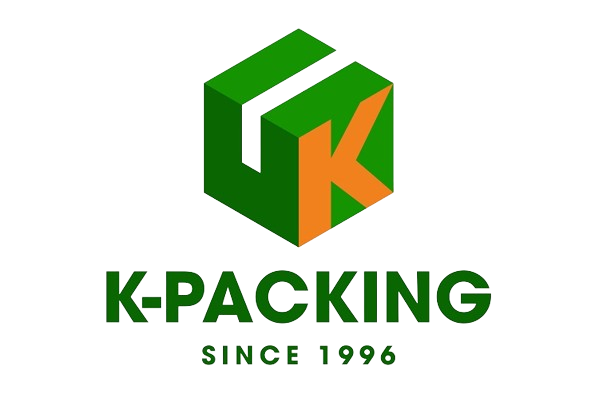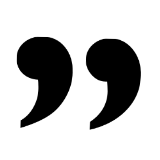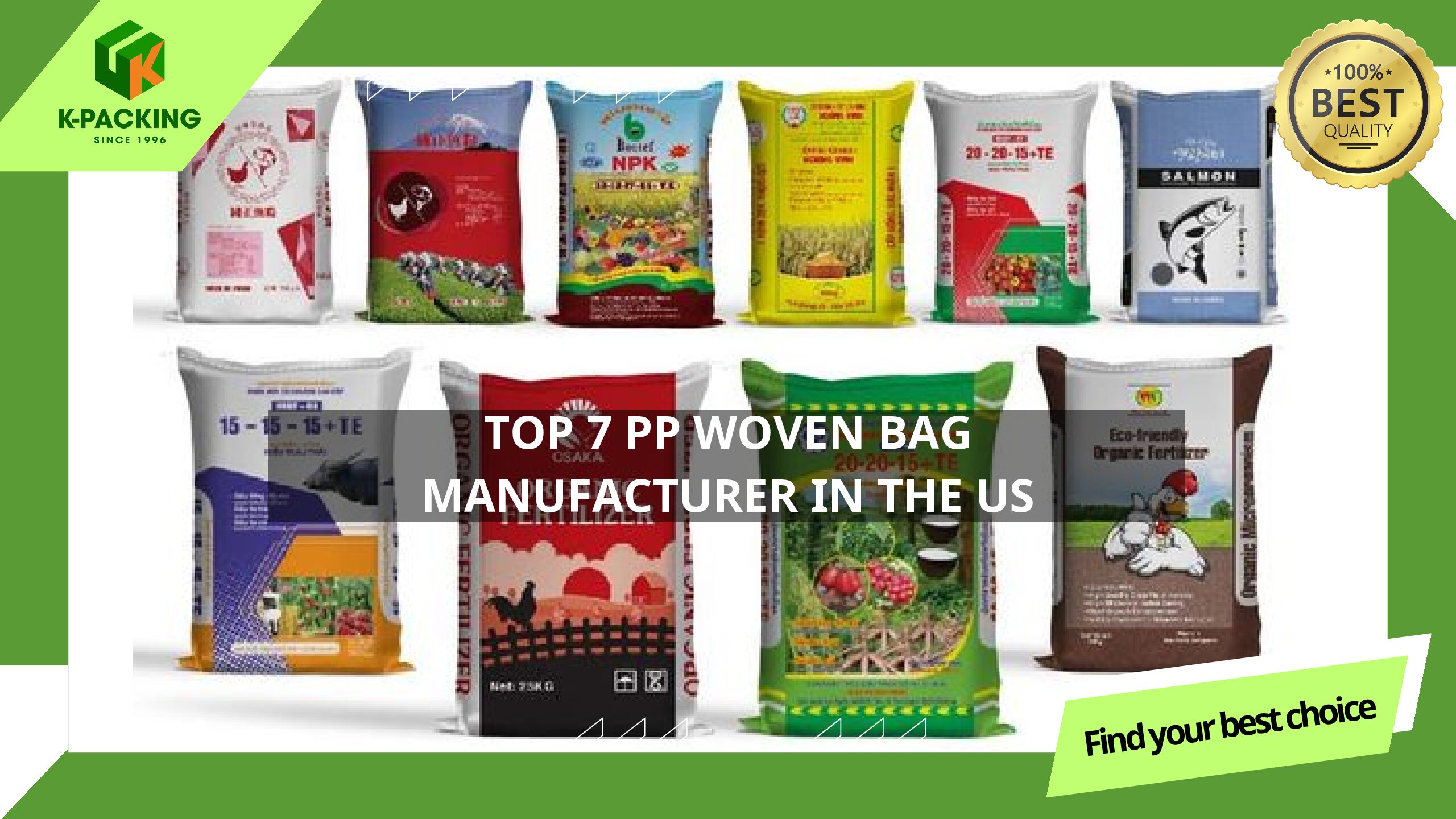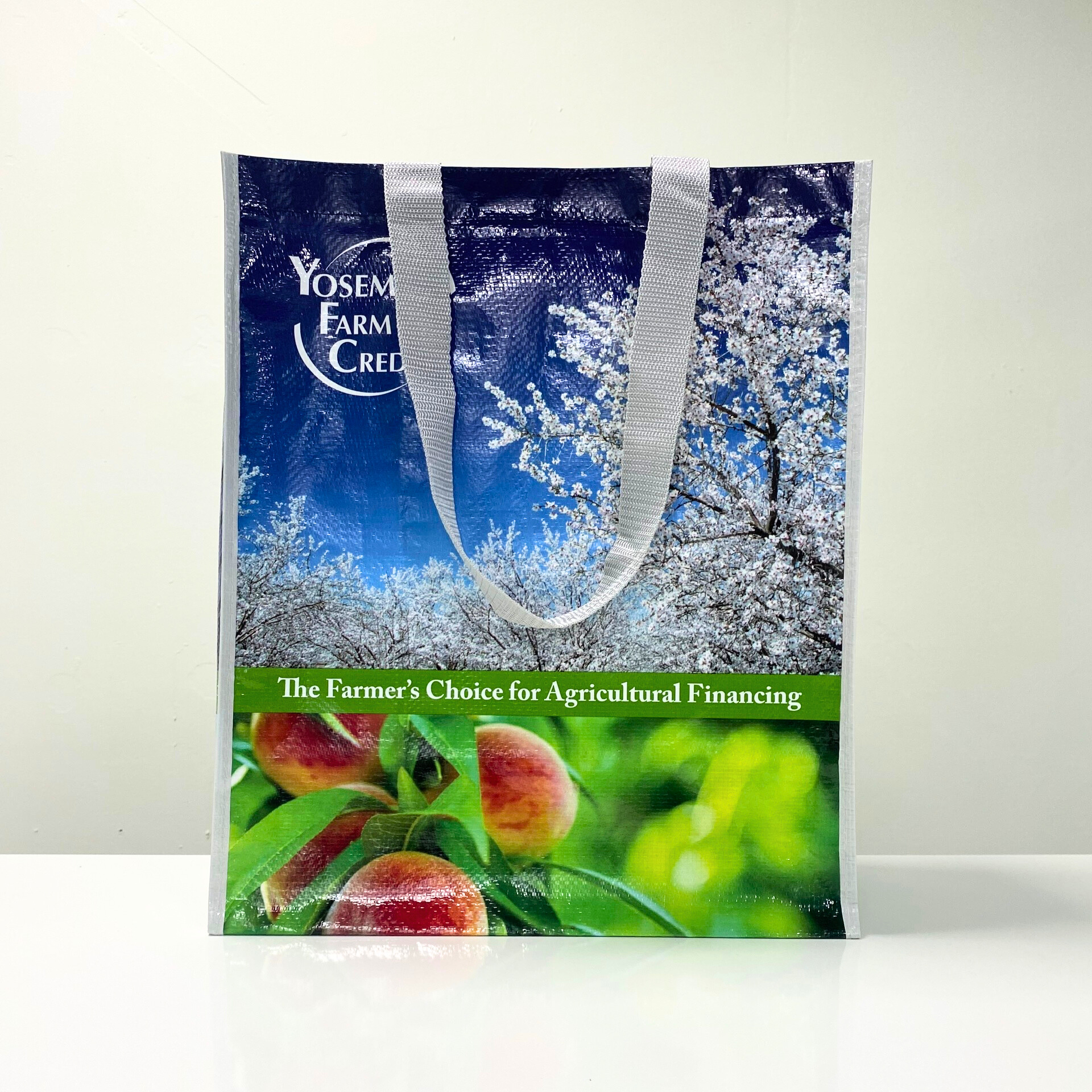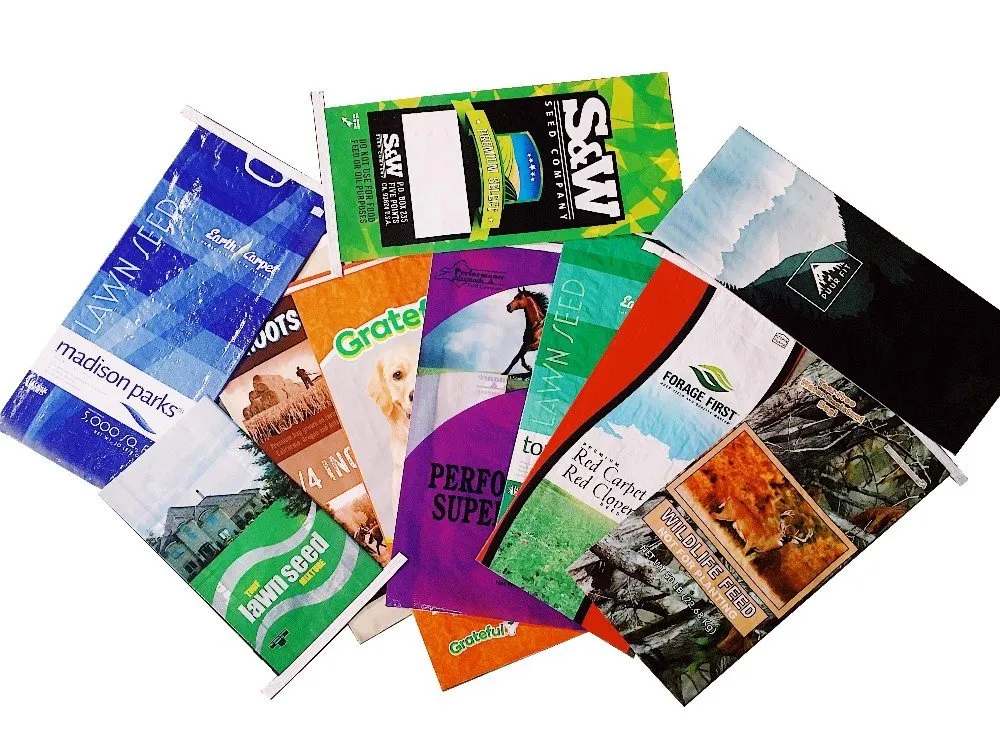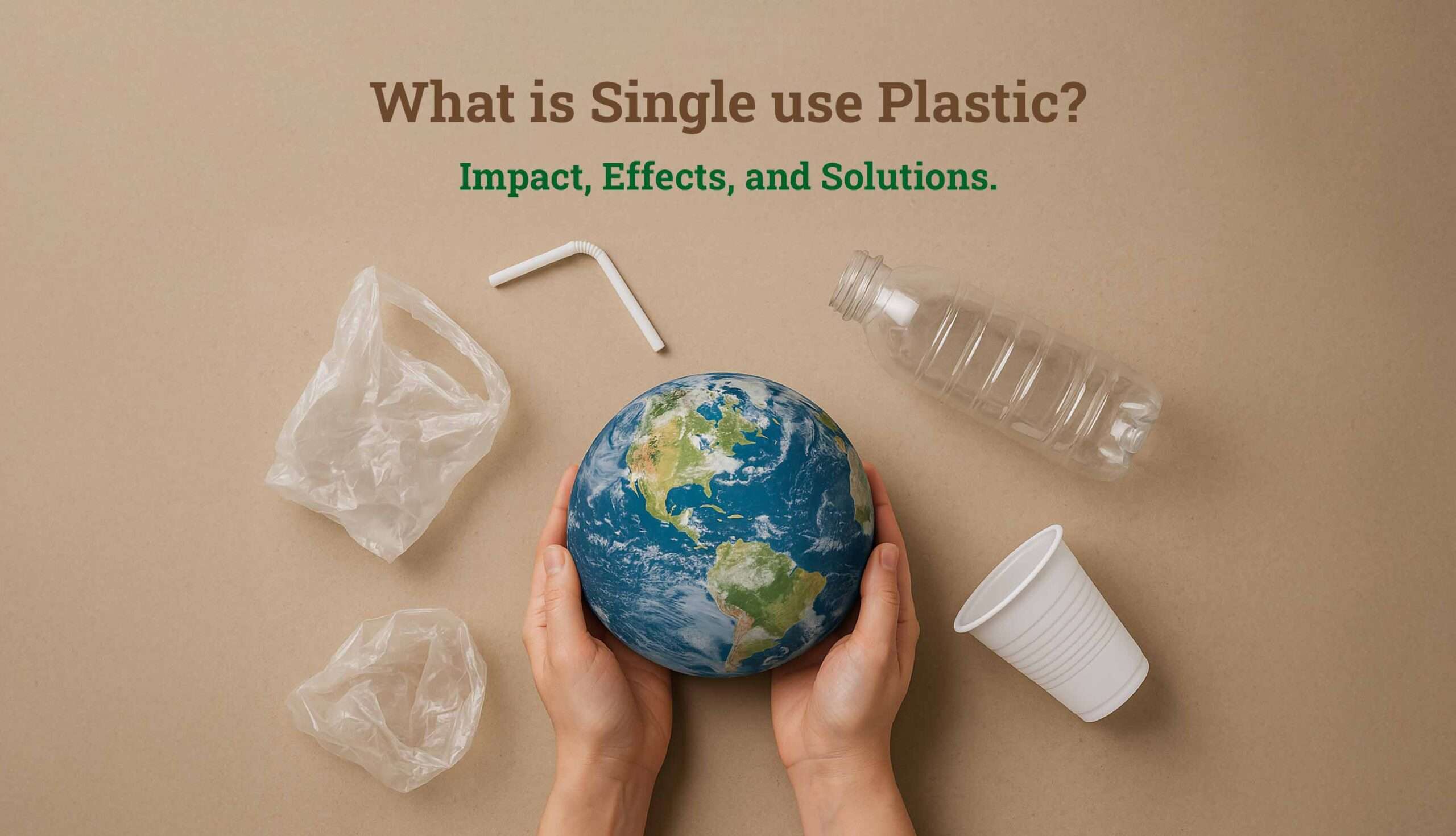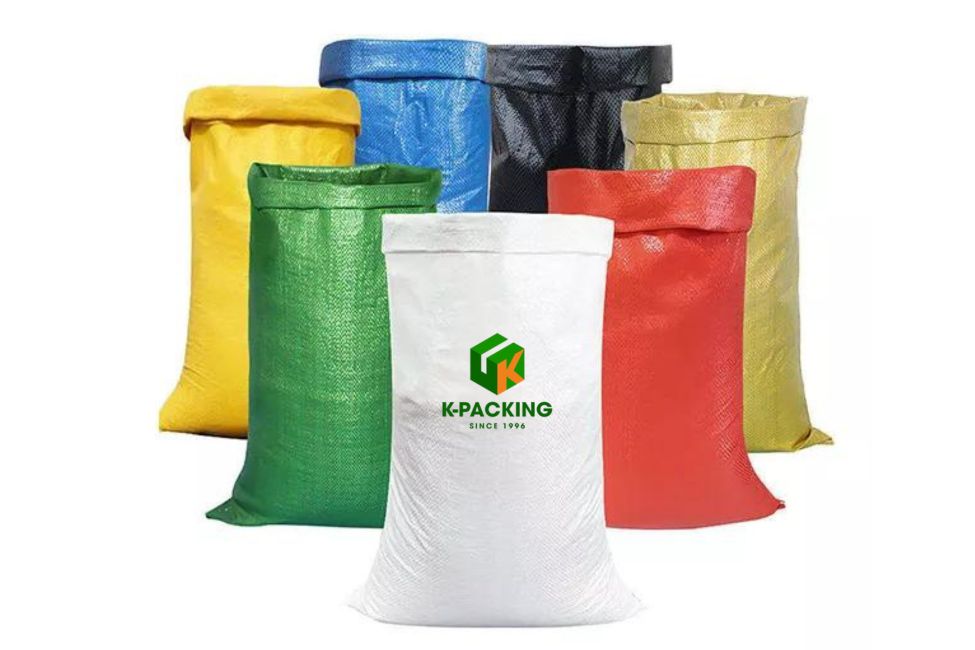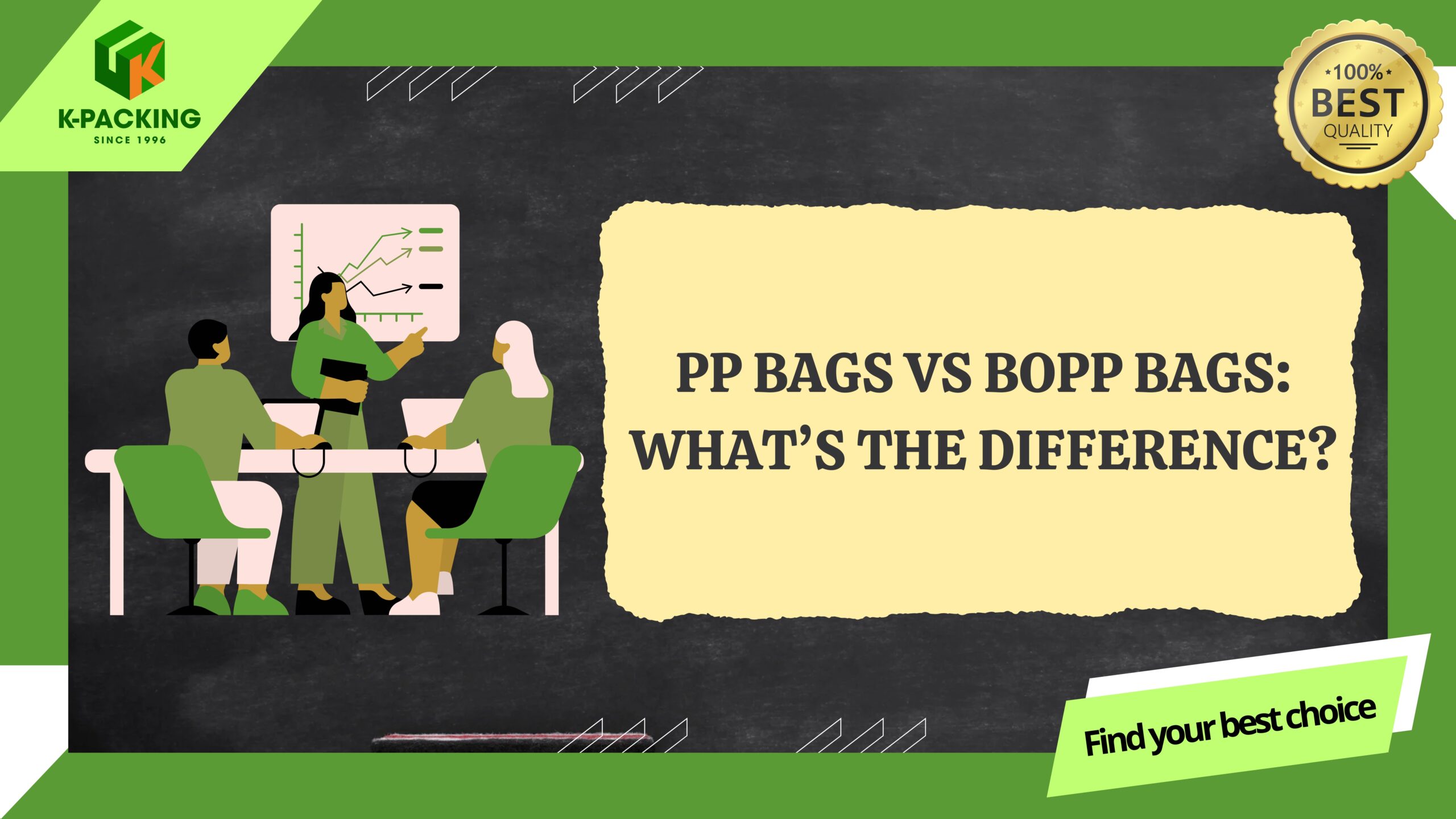Industrial packaging refers to specialized packaging designed to protect, store, and transport goods in bulk. Common products include drums, intermediate bulk containers (IBCs), sacks, pails, crates, as well as materials such as paperboard, plastic, metal, and wood.
According to the Industrial Packaging Global Market Report 2025 by The Business Research Company, the global industrial packaging market was valued at $79 billion in 2024 and is projected to reach $83.04 billion in 2025. With a compound annual growth rate (CAGR) of 5.1%, the industry is on track to approach $109 billion by 2029.
This growth is driven by several factors: globalization of trade, rising demand for logistics and transportation, the rapid expansion of e-commerce, and increasing regulatory requirements for safety and sustainability.
For the United States, importing industrial packaging from global suppliers offers clear advantages: diversified supply sources, lower logistics costs, and access to innovative packaging solutions that emphasize durability, reusability, and international standardization. These benefits strengthen the resilience and efficiency of U.S. supply chains. Let’s take a closer look at the Top 5 countries exporting industrial packaging to the United States and the key trends shaping this dynamic market.
Top 5 Countries Exporting Industrial Packaging to the USA
1. China
China remains the dominant force in industrial packaging exports to the USA, despite ongoing trade tensions. The country accounts for a significant portion of US packaging imports across multiple categories.
- Flexible packaging materials: China leads with $3.32 billion in global exports.
- Plastic packaging: China is the top supplier to the US market.
- Packaging materials overall: China supplied $1.066 billion worth of packaging materials to the US.
China’s strength comes from its abundant workforce with low labor costs, which helps manufacturers reduce production expenses and offer highly competitive prices.
These advantages allow China to dominate exports of corrugated boxes, plastic containers, and flexible packaging materials to the US market. As a result, American importers continue to rely heavily on Chinese suppliers for both affordability and stable supply.
Notable Chinese packaging companies: Shanying International (paper & corrugated), Xiamen Kinderway (flexible plastics), Bioleader® Fujian (biodegradable food packaging).

2. Germany
Germany is the second-largest exporter of industrial packaging to the USA, combining both volume and premium quality. The country stands out in several segments:
- Flexible packaging materials: $968.8 million in global exports, widely used in food and pharmaceutical industries.
- Premium packaging solutions: Known for precision engineering, innovative design, and high-quality finishes.
- Technical packaging: Strong in machinery and automotive applications, ensuring protection for high-value equipment.
Germany’s advantage comes from advanced engineering, automation in manufacturing, and a global reputation for reliability. At the same time, German companies are leading in sustainability by integrating recyclable and eco-friendly materials into their solutions. This makes Germany a trusted supplier of specialized, high-performance packaging for the US market.
Notable German packaging companies: Amcor Flexibles (flexible films), Mondi Group (sustainable paper & plastics), Constantia Flexibles (high-barrier films).

3. Vietnam
Vietnam has emerged as a rapidly growing supplier of industrial packaging to the USA, with strong momentum across key categories:
- Plastic products: Vietnam is the 4th largest import source of plastics for the US market.
- Packaging materials: Consistent growth in export volume and value year by year.
- Polypropylene containers: Over $6 million exported to the USA in 2024.
Vietnam’s competitive advantages include a skilled yet cost-efficient workforce (average monthly income of $291.34), a strategic location close to China for raw material access, and favorable shipping times of 20–25 days to the US.
Unlike China, which dominates through sheer production scale, Vietnam positions itself by emphasizing high-quality products, standardized processes, and reliable export practices. This strategy helps build credibility with US buyers who value consistency, compliance, and long-term quality assurance.
Notable Vietnamese packaging companies: K-Packing (agriculture & industrial packaging with Japanese standards), Duy Tân Plastics (rigid plastics, member of SCG Packaging), Tetra Pak Vietnam (premium recyclable paper packaging).
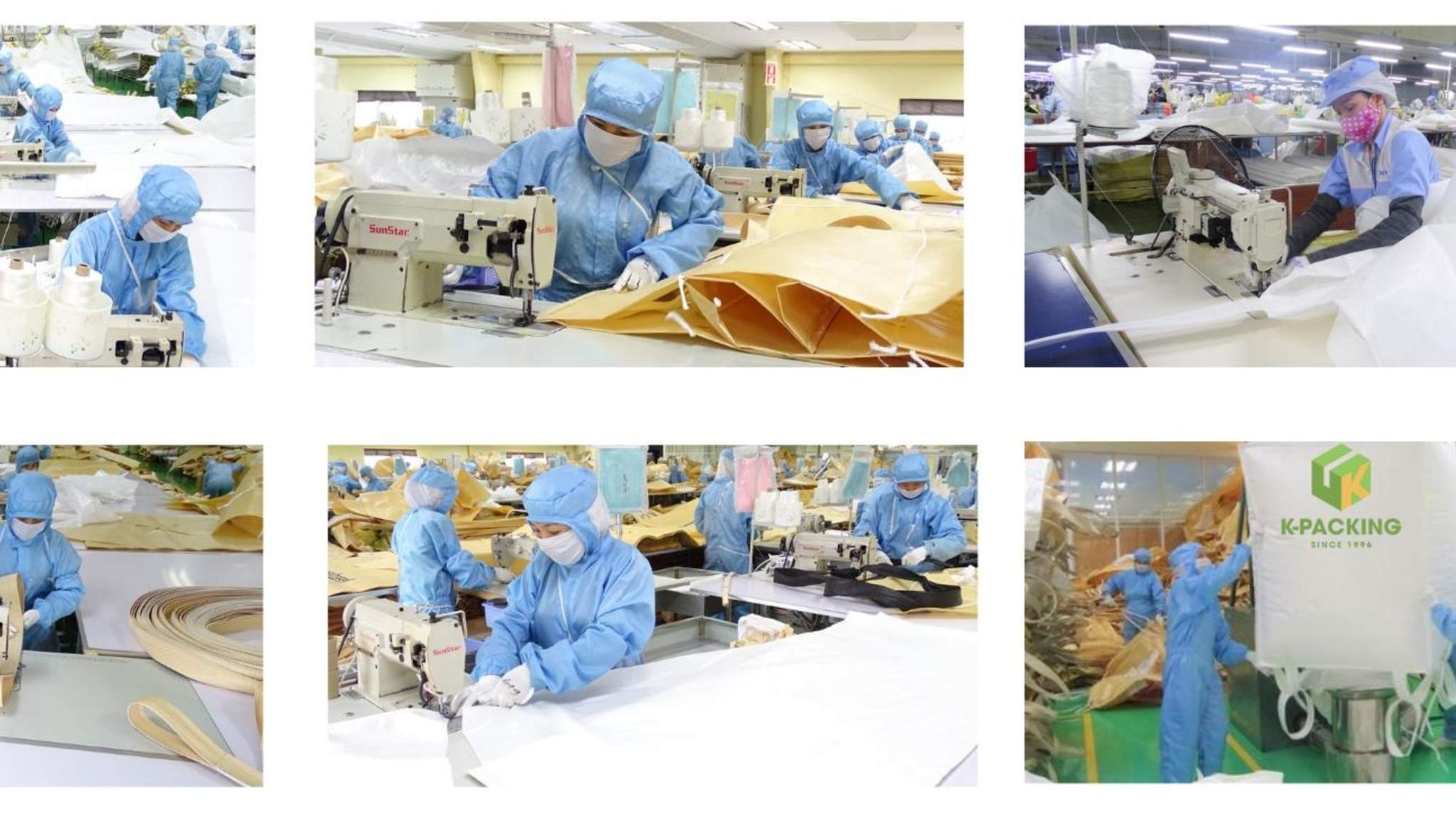
4. Mexico
As the USA’s largest overall trade partner, Mexico plays a crucial role in the industrial packaging supply chain. The country’s position is built on several key advantages:
- USMCA benefits: Favorable trading terms under the agreement with the United States and Canada.
- Proximity advantage: Reduced shipping costs and faster delivery times thanks to geographic closeness.
- Diverse packaging: Strong presence in automotive, electronics, and food packaging sectors.
Mexico’s competitiveness is reinforced by its integration into North American supply chains, established trade relationships, and ability to respond quickly to US demand. With a balance of cost efficiency and logistical convenience, Mexico has become an indispensable packaging supplier for American industries.
Notable Mexican packaging companies: Grupo Gondi (corrugated paper & sustainable packaging), Smurfit Kappa México (smart paper-based solutions), Envases Universales (plastic & multi-material technical packaging).

5. Canada
Canada maintains a strong position as a key packaging supplier to the USA, supported by its resource advantages and trade ties:
- Paper and cardboard: Major exporter of paper-based packaging products.
- Industrial packaging: Strong in wooden packaging and container solutions.
- USMCA partnership: Benefits from favorable trade terms under the North American agreement.
Canada’s advantages include long-established trade relationships, close proximity to the US market, and expertise in forest-based packaging materials. In addition, many Canadian manufacturers source high-quality raw materials from Vietnam – such as paper, plastics, and agricultural byproducts – for further processing and conversion into packaging products. This integration strengthens Canada’s ability to provide reliable, sustainable, and competitive packaging solutions for the US market.
Notable Canadian packaging companies: Domtar Corporation (paper & cardboard), Maritime Paper Products (paper & wood packaging), Tetra Pak Canada (recyclable paper-based food & beverage packaging).

Which Country Should You Import From?
If your company’s top priority is ultra-low prices, then China is the most suitable choice. With its massive workforce, low labor costs, and large-scale production capacity, China can deliver packaging solutions at prices more competitive than any other country.
Meanwhile, Germany is the ideal destination for businesses positioning their products in the luxury and premium segment. German packaging stands out for its precision engineering, sophisticated design, and strict compliance with the highest international quality standards.
If your goal is to secure high-quality packaging with standardized processes at competitive costs, then Vietnam offers the best balance. Leveraging a skilled yet cost-efficient workforce, Vietnam is increasingly recognized as a reliable supplier of packaging that meets global standards.
In cases where speed and logistics convenience matter most, Mexico and Canada provide clear advantages. Their geographic proximity to the United States, shorter shipping times, and favorable trade terms under the USMCA make them dependable partners for fast and stable packaging supply.
Key considerations when importing in bulk
When importing large volumes of packaging, quality consistency is the first factor to monitor. Even minor defects in mass production can quickly scale into costly issues, so it is essential to establish strict quality control agreements with suppliers.
Another important aspect is compliance with international standards and certifications. For industries like food, pharmaceuticals, or chemicals, packaging must meet safety and regulatory requirements in the US market. Importers should request proper documentation (ISO, FDA, EN, ASTM, etc.) to avoid legal and customs risks.
Logistics and lead times also play a critical role. Bulk shipments require clear planning of container capacity, shipping routes, and customs procedures to prevent delays. Countries closer to the US, like Mexico and Canada, may offer an advantage here, while shipments from Asia need longer timelines and reliable freight partners.
Finally, businesses should carefully negotiate pricing, payment terms, and long-term contracts. Securing favorable bulk rates, stable raw material costs, and flexible payment methods can help reduce risks related to currency fluctuations or market volatility.
Conclusion
The US industrial packaging market is supplied by five major partners, each with its own strengths. China leads with low-cost, large-scale production, while Germany stands out for premium and luxury packaging. Vietnam provides a balance of quality and competitive pricing, and Mexico and Canada leverage their proximity and USMCA benefits for faster and more stable supply.
For American businesses, the choice of import source depends on priorities: cost savings with China, premium positioning with Germany, balanced quality and price with Vietnam, or speed and logistics convenience with Mexico and Canada. Each country serves a different strategic need in the supply chain.
When importing in bulk, companies must pay close attention to quality control, compliance with US regulations, logistics planning, and contract negotiations. Aligning these factors with the strengths of each supplier will ensure reliable, cost-effective, and sustainable packaging solutions for the US market.
